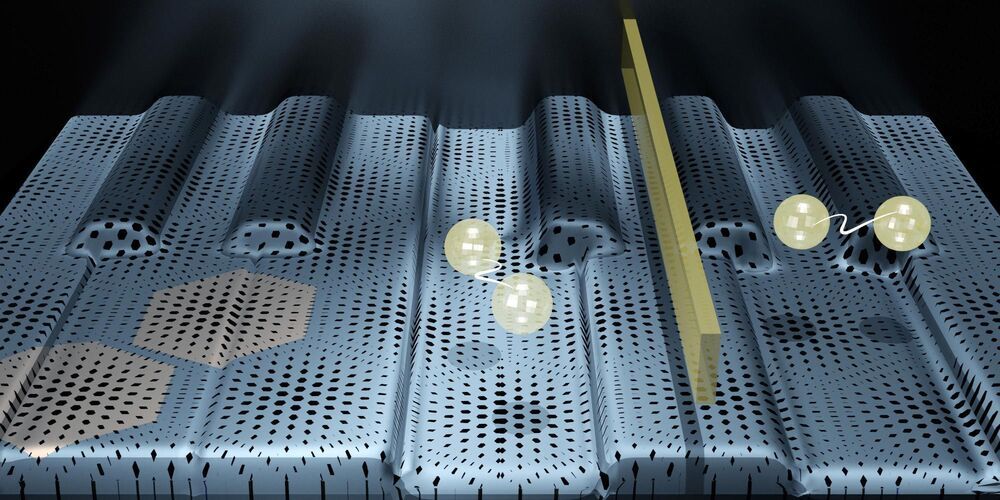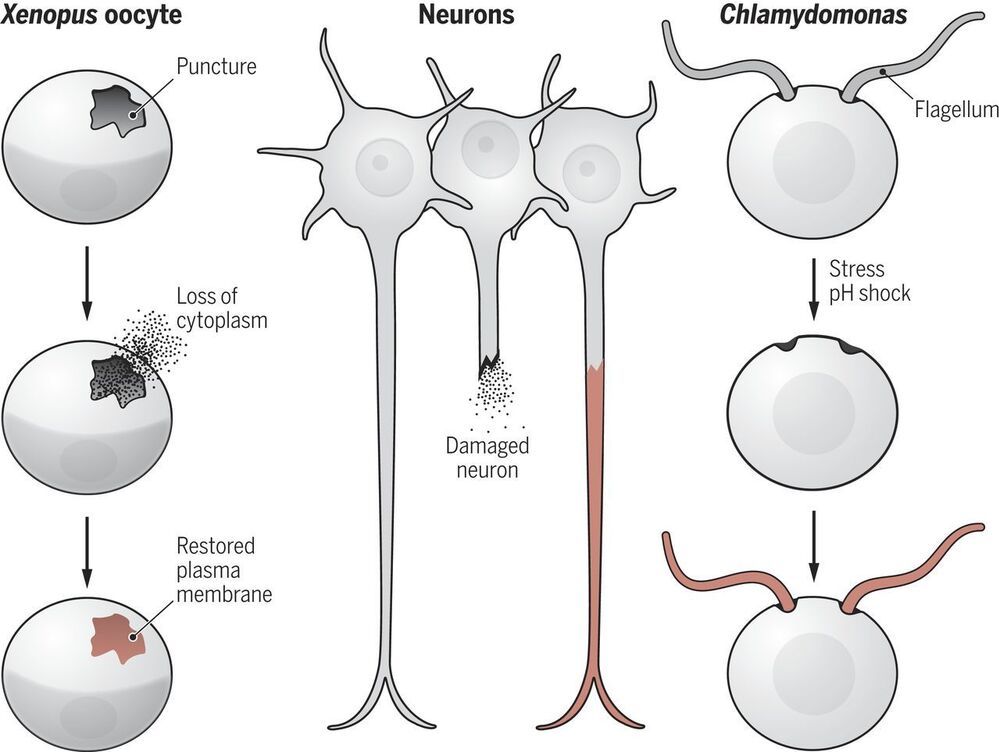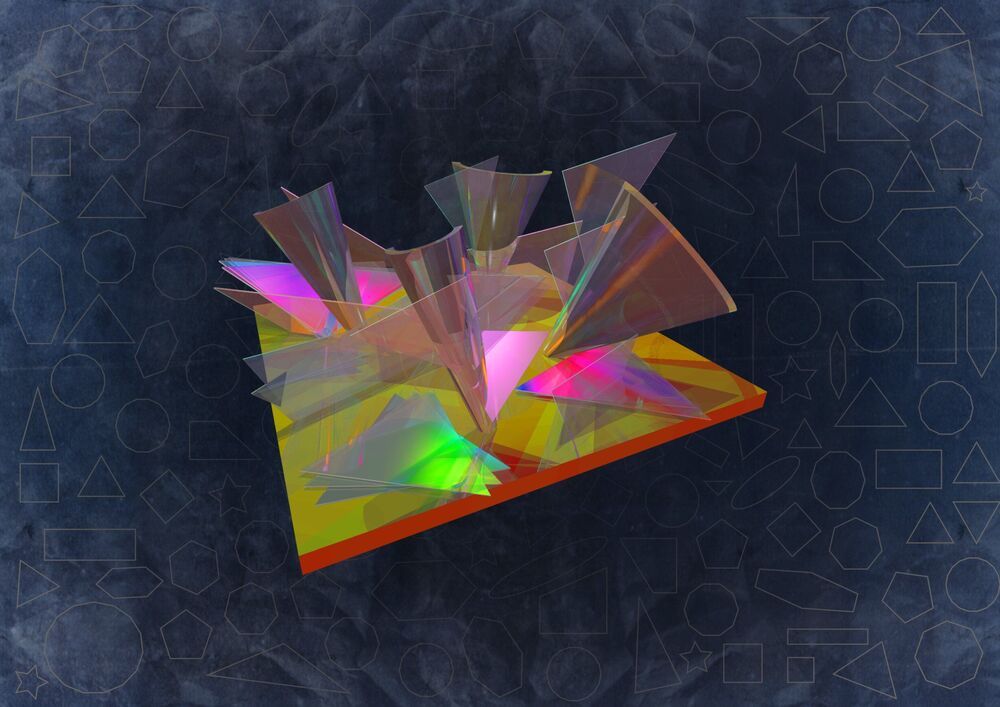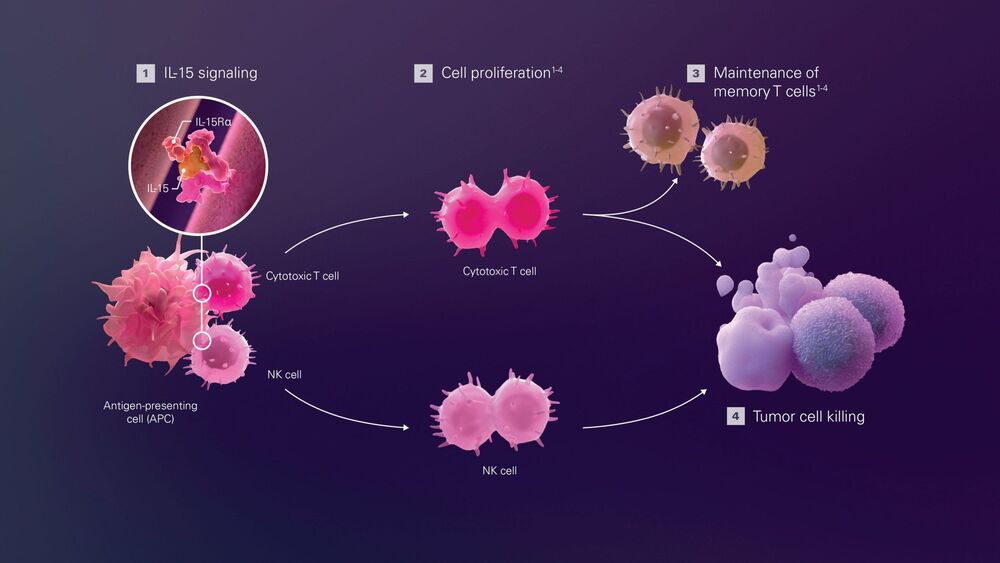Researchers at ETH Zurich have succeeded in turning specially prepared graphene flakes either into insulators or into superconductors by applying an electric voltage. This technique even works locally, meaning that in the same graphene flake regions with completely different physical properties can be realized side by side.
The production of modern electronic components requires materials with very diverse properties. There are isolators, for instance, which do not conduct electric current, and superconductors which transport it without any losses. To obtain a particular functionality of a component one usually has to join several such materials together. Often that is not easy, in particular when dealing with nanostructures that are in widespread use today.
A team of researchers at ETH Zurich led by Klaus Ensslin and Thomas Ihn at the Laboratory for Solid State Physics have now succeeded in making a material behave alternately as an insulator or as a superconductor – or even as both at different locations in the same material – by simply applying an electric voltage. Their results have been published in the scientific journal Nature Nanotechnology. The work was supported by the National Centre of Competence in Research QSIT (Quantum Science and Technology).








